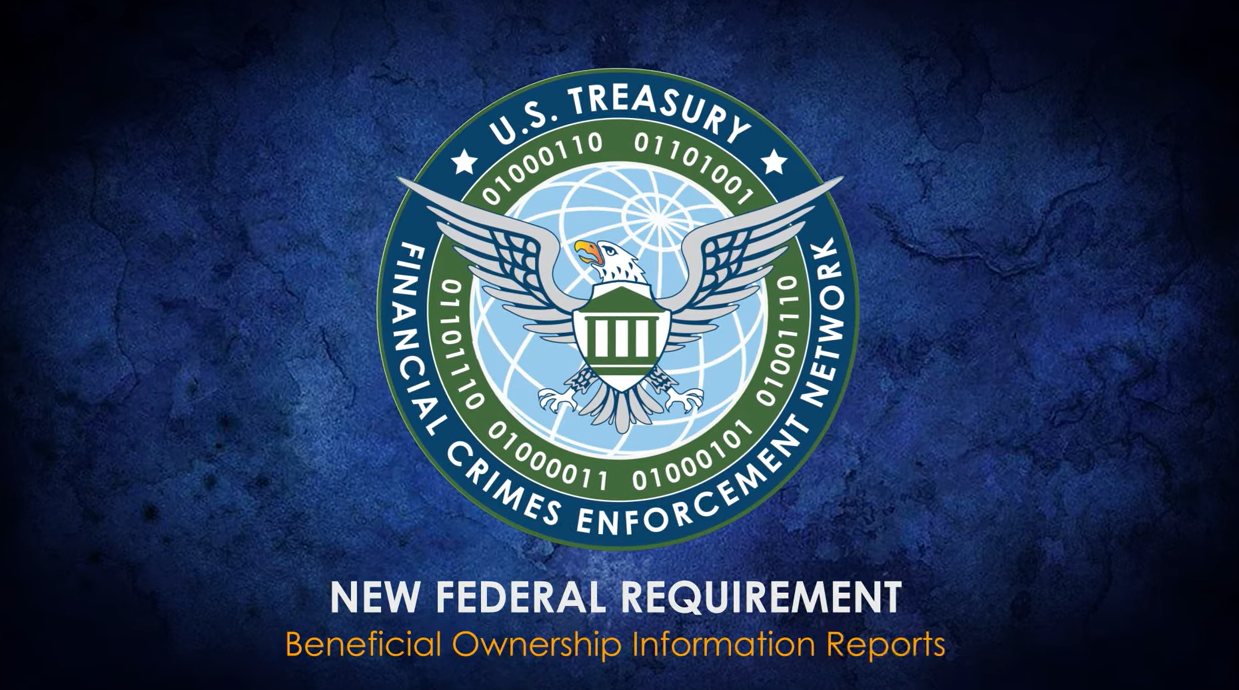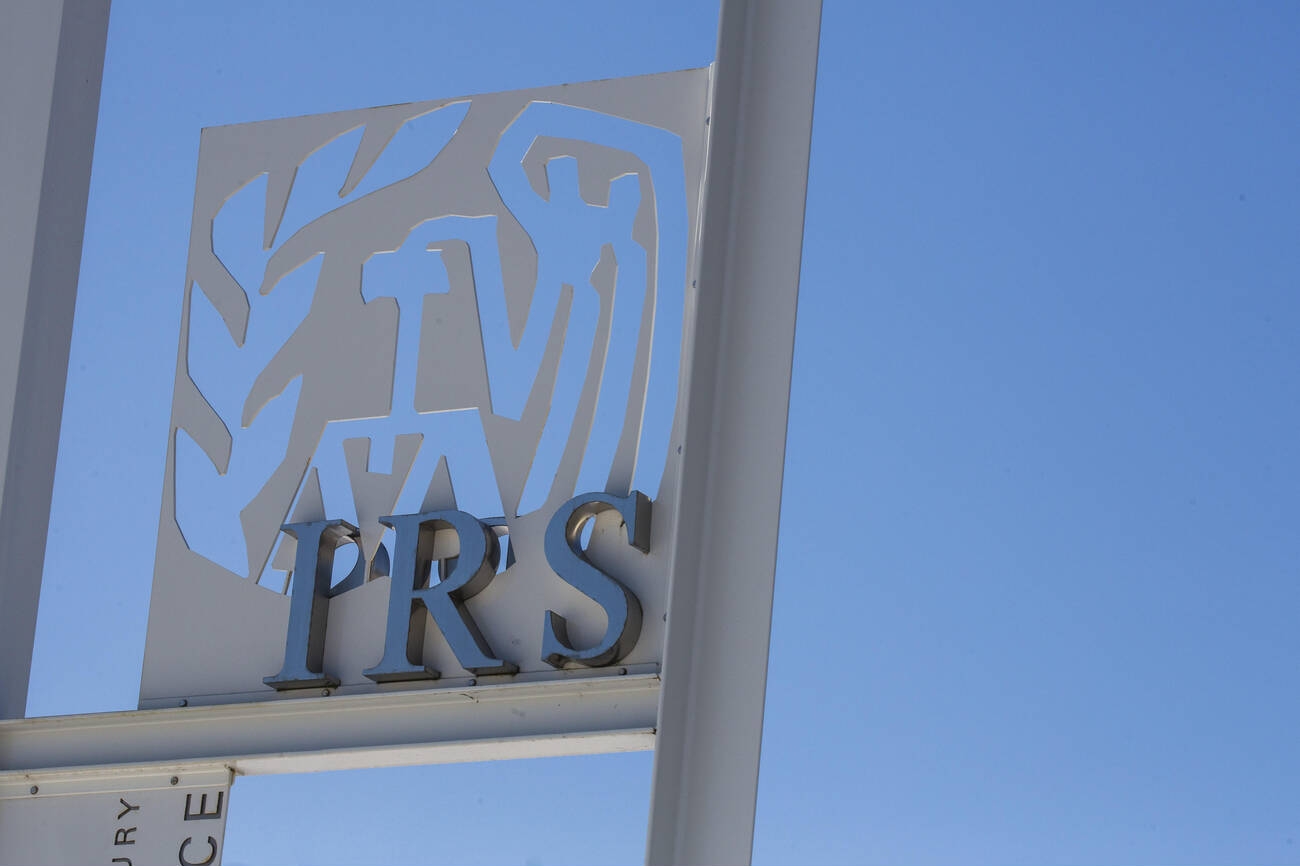The projected gross tax gap—the difference between the total taxes owed to the federal government and how much is collected on time—for tax year 2022 is $696 billion, down $12 billion from a revised 2021 tax gap of $708 billion, the IRS said on Oct. 10.
A projected $90 billion of the gross tax gap eventually will be paid, resulting in a net tax gap of $606 billion, according to the IRS. The projected tax year 2022 voluntary compliance rate (VCR) is 85%, and the projected net compliance rate (NCR) is 86.9%, the IRS said.
The table below reports the 2022 tax gap projections for the major components, along with the revised tax year 2017-2019, tax year 2020 and tax year 2021 projections, and the tax year 2014-2016 tax gap estimates on which many of the projections are based. The revisions to previous years’ projections reflect new available data, the IRS said.

The agency had originally estimated the 2021 tax gap at $688 billion around this time last year.
Many factors contribute to differences over time in both the gross tax gap and the VCR (taxes paid voluntarily and on time), the IRS said, including:
- Overall level of economic activity;
- Changes in the composition of economic activity with shifts toward those with higher or lower compliance rates;
- Changes in tax law and administration;
- Updated and improved methodologies; and
- Changes in underlying compliance behavior on the part of taxpayers, tax preparers, and other tax advisors.
The new tax gap projections reflect an increase over the tax year 2014-2016 estimates and the tax year 2017-2019 projections. The 2022 projection is an increase of $200 billion over tax years 2014-2016.
However, the IRS noted that the increase for 2022 is similar to the 41% increase in the economy since the 2014-2016 time period as measured by the gross domestic product. With an 85% VCR, the IRS said the tax gap increase ultimately reflects growth in the economy and changes in the sources of income—not a change in taxpayer behavior involving filing or paying their taxes.
In addition, the new tax gap projections reflect the time period before the IRS began increasing tax compliance work following the Biden administration’s passage of the Inflation Reduction Act in August 2022.
The Inflation Reduction Act provided $79.4 billion in additional funding to the IRS over the next decade, with $45.6 billion slotted for enforcement activities. That $79.4 billion has since been slashed to $57.8 billion as a result of deals between the Biden administration and Republican lawmakers.
Since the law was enacted, the IRS has stepped up compliance activity in a variety of areas with the additional funding, including the agency collecting an initial $1.3 billion from high-income taxpayers.

“This is a critical study about the nation’s tax system, and the results underscore there remains a sizable tax gap between taxes that are legally owed but aren’t actually being paid,” IRS Commissioner Danny Werfel said in a statement. “While the bottom line for the new tax gap numbers shows the increase basically reflects growth in the larger economy, the size of the gap also vividly illustrates the ongoing need for adequate funding for the IRS. We need to focus both on compliance efforts to enforce existing laws as well as improving service to help taxpayers with their tax obligations to help address the tax gap.
“Since passage of the Inflation Reduction Act in 2022, we have taken important steps to begin improving tax compliance. While our recent work will not be fully reflected in the tax gap analysis for several years, we will continue to provide routine, interim updates on how enhanced enforcement on complex areas of tax evasion and delinquency impacts compliance,” he added.
The gross tax gap covers three key areas: non-filing of taxes, underreporting of taxes, and underpayment of taxes.
- Non-filing, which means tax not paid on time by those who don’t file on time:
- $63 billion in tax year 2022, representing 9% of the gross tax gap.
- Underreporting, which reflects tax understated on timely filed returns.
- $539 billion in tax year 2022, representing 77% of the gross tax gap.
- Underpayment, or tax that was reported on time, but not paid on time.
- $94 billion in tax year 2022, representing 14% of the gross tax gap.
The primary focus on tax gap estimation is to measure compliance behavior as manifested in tax paid voluntarily and on time, the IRS said. The tax gap estimates and projections provide insight into the historical scale of tax compliance and to the persisting sources of low compliance, the agency added.
Net tax gap
Late payments and IRS enforcement efforts are projected to generate an additional $90 billion on tax years 2021 and 2022 returns, resulting in a projected net tax gap of $617 billion and $606 billion, respectively.
Between tax years 2017-2019 and tax year 2022, the estimated tax liability increased by about 27%, roughly the same increase as the gross and net tax gaps. Much of these increases in true total tax liability and the gross tax gap can be attributed to economic growth, the IRS said.
The agency notes that the tax gap estimates and projections cannot fully account for all types of noncompliance.
Voluntary compliance rates stay consistent
The tax year 2021 and 2022 tax gap projections translate to about 85% of taxes paid voluntarily and on time, which is consistent with recent levels. The projections are based largely upon the compliance behavior estimated from the most recent set of completed audits (from tax years 2014-2016), the IRS said. That estimated compliance behavior is projected forward to taxpayers in subsequent tax years to generate the gross tax gap.
After IRS compliance efforts and other late payments are factored in, the projected share of taxes eventually paid is 86.9% for tax year 2022, down slightly from the 87% for tax years 2014-2016.
Tax gap analysis consistently shows that compliance is higher when there is third-party information reporting—and even higher when also subject to withholding, the agency said.
Thanks for reading CPA Practice Advisor!
Subscribe Already registered? Log In
Need more information? Read the FAQs




